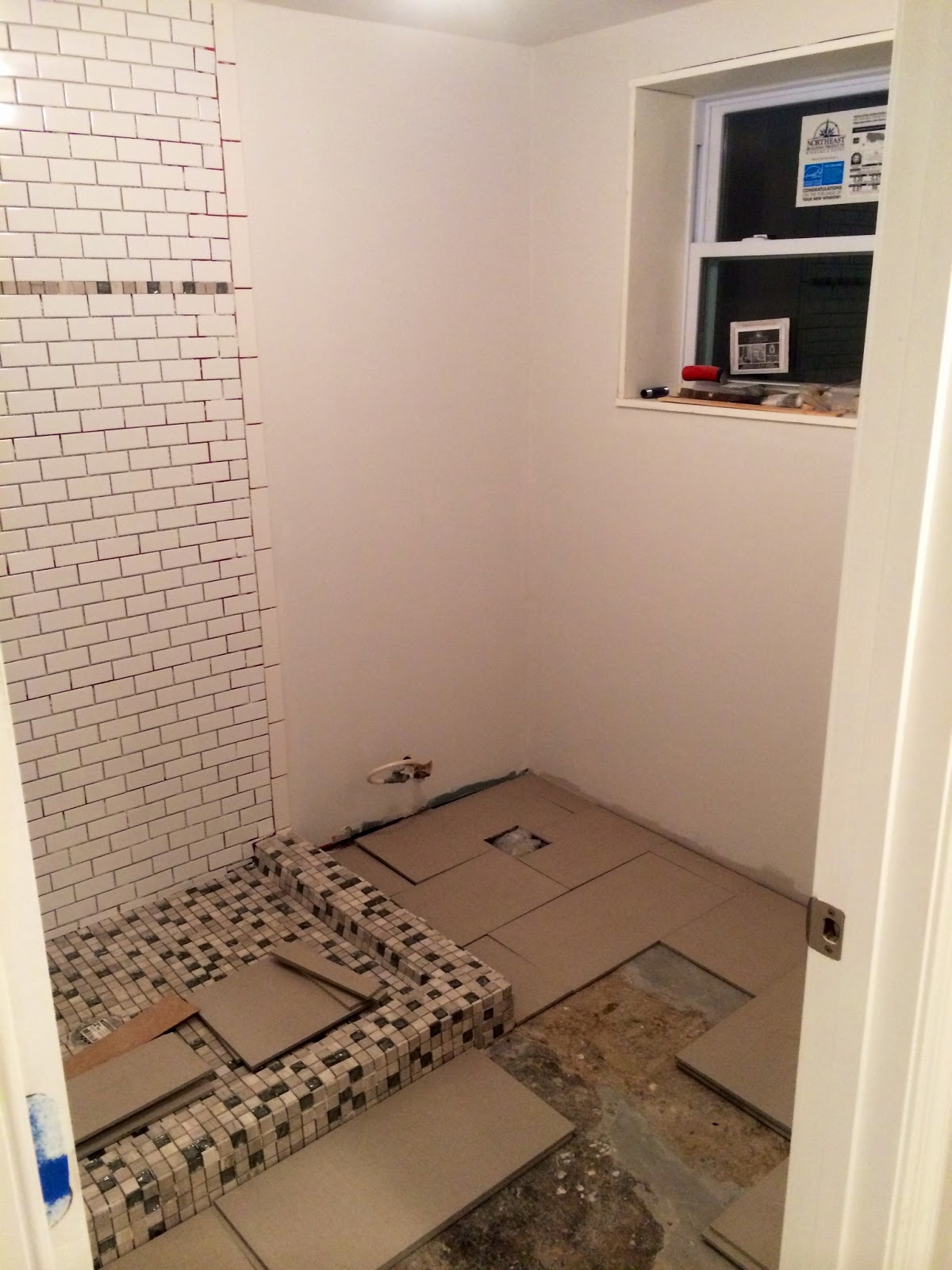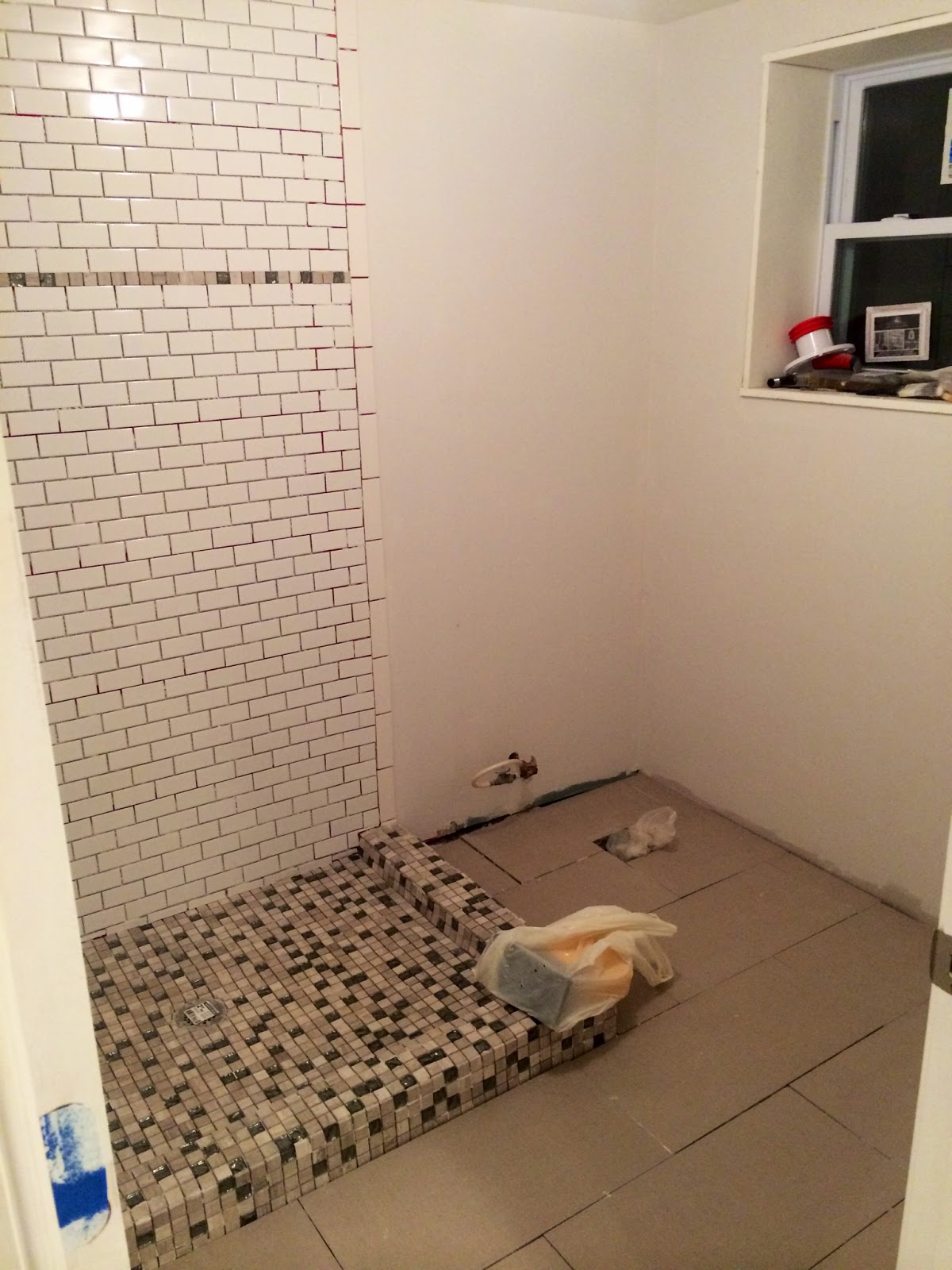When it comes to cleaning products, I've been ignoring my environmental roots and just buying random stuff. Not only do the products we use have potential health impacts on us, but as they wash down the drain, they can have serious impacts on the watersheds they end up in. Here in DC, we have a serious problem with water quality, so I think it's time I paid more attention.
The Anacostia River has been seriously polluted for years. While DC local government has taken some bold steps to reduce pollution, by requiring a 5-cent charge for plastic bags, and recently outlawing Styrofoam containers, it remains a heavily polluted waterway. This is not a river you want to swim in. In fact, Marion Barry, one of our esteemed city council members said, "I'm looking forward to the day I can fish in the Anacostia and at one point, I can eat the fish I catch." Gross.
So, to help out, I'm going to start making more of an effort to reduce our environmental impact, with particular focus on water quality. First up- I'm reassessing our household chemicals.
Step 1. Take Stock of What We Have
I started out by rounding up everything we've got, from the kitchen to the bathroom, the utility closet and the laundry closet. My first discovery was that we have a whole lot of stuff, most of which doesn't even get used. Then, because not all chemicals are bad chemicals, I spent some time trying to figure out what chemicals are problematic, and found the the Environmental Working Group's database which rates cleaning products and cosmetics by their environmental impacts. My second big discovery was that a lot of the chemicals I'd bought because they claimed to be environmentally friendly, really weren't.
Our dish washing stuff - average score = D
Abundance of house-cleaning stuff - average score = D-
Laundry products - average score = D-
bathroom cleaners - average score = D
massive abundance of personal products, average score = 4.6 / 10 (where 0 is best)
So, the worst offenders in my products included these compounds and chemical families:
- Fragrance - this is a mysterious collection of unnamed chemicals that can cause asthma, irritate skin, and may cause reproductive issues in fish. They are added to almost everything to make products smell nicer.
- Parabens - mimic estrogen and disrupt the endocrine and reproductive systems, also kill coral. Added to products as an anti-fungal preservative, appear in most lotions and deodorants.
- Formaldehyde Releasers - this group of chemicals slowly release formaldehyde, which is a known carcinogen in humans. They are added as an antimicrobial preservative and were present in my shampoo, conditioner, body wash and lotion.
- Phthalates - another endocrine disrupter linked to infertility in men, recently banned from use in children's toys. Added as a plasticizer in products like nail polish and to preserve fragrance.
- Triclosan - linked to lower thyroid hormones and testosterone, and contribute to antibiotic-resistant bacteria. Interferes with the development of tadpoles in ecosystems. Often found in antibacterial soaps because of its antibacterial qualities.
Step 2. Find New Stuff
So, feeling pretty grossed out by my stuff, I set on a quest to find new stuff. The parameters:
- It has to work. I still need to look pretty and don't want a house full of grime.
- It has to be decently good for the environment, but not perfect. (0-2 for personal product, A-B for house products)
- It has to be accessible. I'm not driving across the country for anything or paying twice as much.
- Aveda for hair care products because they don't use parabens, phthalates or formaldehyde-releasers, and there's a salon on my home from work. (Also use recycled plastic for bottles and support renewable energy).
- Yes to Carrots for face products without fragrance, parabens, phthalates, or formaldehydes, available at Amazon. (Also support feeding children around the world).
- Honest Company for other skin care, also without all those things and available at Amazon. (Also support renewable energy and recycled packaging).
- Even though this is getting a little off the original topic, I found that one of my makeup brands, BareMinerals, is actually great, even though it doesn't claim to be enviro-friendly. So I'm doubling down on them and getting rid of my other random assortment of makeup.
- For household stuff, I'm going with Whole Foods 365 for all-purpose spray and window cleaner, and 7th Generation for laundry and dish detergent. Both are lines available at our local Whole Foods store.
- [I'm sure there are other good companies too, these are just the ones that stood out to me.]
Step 3. Out with the Old
For most of the products, I just made a concerted effort to use things up. I was cleaned, exfoliated and moisturized like nobody's business. The house got scrubbed, shined and polished. Some of the nastier chemicals went in the trash. Eventually all the old stuff was gone.
Step 4. In with the New
Then we went shopping. Because I picked products that are easily available, it was just a matter of heading to our local shops and picking up the extra items, or adding them onto another amazon order. (I'm not thrilled to have to buy some of these things online, which requires fuel to ship and boxes to package. I'm rationalizing that as long as I was planning to order something from Amazon already, (and assuming that they minimize fuel use and packing material), then it's ok.
new house products - average score = A-
new personal products - average score = 1.4/10
Next Steps.
So, I'm excited about my new products, and the notion that I don't have to spend this much effort every time I buy something from now one. I'm thrilled to have fewer products that take up less space than their predecessors. I'm also a little excited to start putting some more effort into environmentalism. Not to get sanctimonious on you, but I invite you to look up your products. Beware, it's easy to get a little sucked in/carried away. Search household cleansers here and personal products here.












.JPG)
.JPG)
.JPG)
.JPG)
.JPG)
.JPG)
.JPG)
.JPG)
.JPG)
.JPG)
.JPG)
.JPG)























.JPG)
.JPG)



